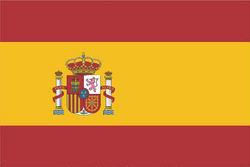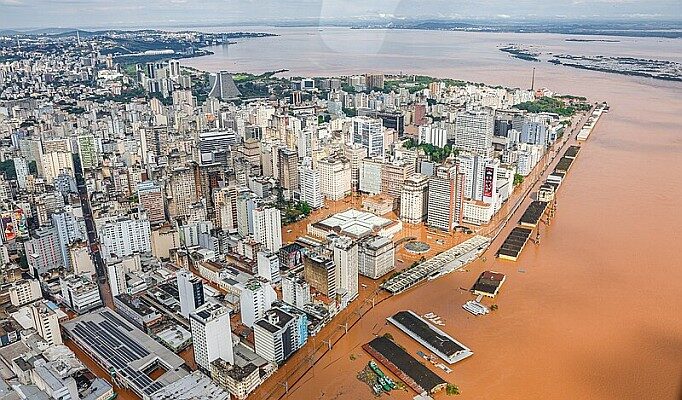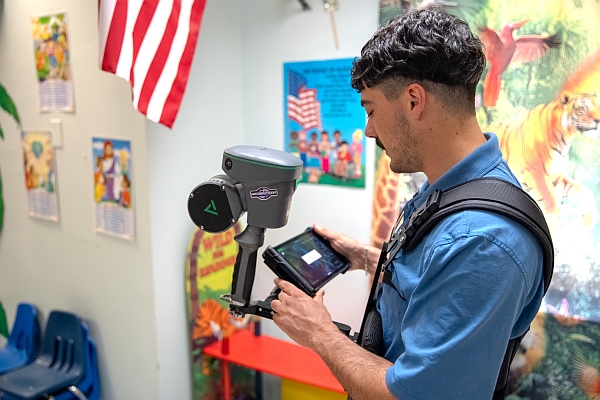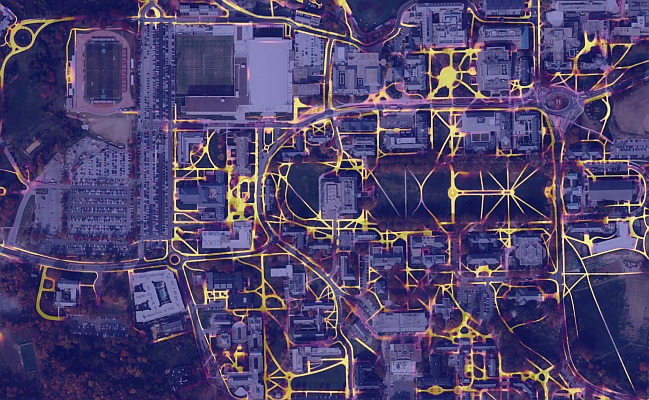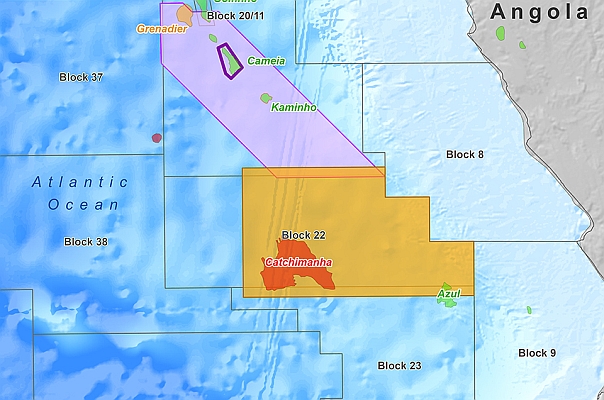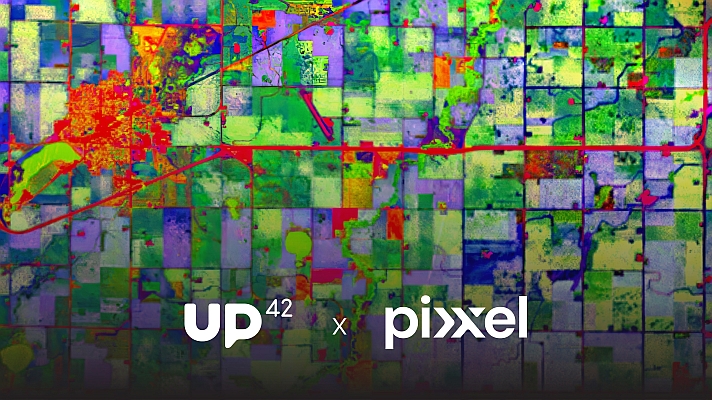The recent flood tragedy in Rio Grande do Sul, Brazil, highlighted the need to adopt effective measures to recover affected areas and prevent future natural disasters. The floods caused significant damage to communities, infrastructure and the environment, highlighting the importance of efficient stormwater management through specialized technologies.
For NeoAcqua CEO, Sibylle Muller, the application of coordinated technologies is essential not only for the recovery of impacted areas, but also for the construction of a resilient infrastructure.
“Investing in smart drainage systems, retention ponds and green infrastructure can save lives and protect communities. The application of these innovations is essential to avoid new disasters and reduce impacts due to rain and floods”,
she explains.
Below, Sibylle gathered some of the technologies and measures that can be implemented to assist in post-flood recovery and prevent future disasters:
- Smart Drainage Systems: Using sensors and IoT (Internet of Things), these systems monitor and control water flow in real time. They measure water levels, can detect blockages and automatically activate pumps and floodgates, ensuring efficient drainage and preventing localized flooding.
- Detention and Retention Reservoirs: These reservoirs, underground or open, store large volumes of water during heavy rains, releasing them slowly to avoid overloading drainage systems. This technique helps control water flow and reduce the risk of flooding.
- Infrastructure for rainwater retention: Solutions such as green roofs, gardens, squares, landscaped parks and flowerbeds with plants and trees, permeable pavements, floors with hollow elements with grass in the middle and infiltration areas can absorb and retain rainwater before that it reaches urban drainage systems, reducing the volume of surface water and the load on existing infrastructure.
- Solid separation systems: Devices placed at the exit of the rainwater pipe, before the entry into the public drainage network and which have the purpose of separating and retaining coarse solids and preventing them from entering the pipe in order to avoid clogging of the pipe. network and silting of receiving water bodies (rivers, lakes and dams). Coarse solids, if not retained, can create obstacles in the urban drainage network, preventing water from flowing, potentially causing floods upstream of the obstruction. Silted water bodies have a lower water depth for drainage, which can cause an increase in the level of water to be drained, with the possibility of overflow on the banks and consequently floods.
- Hydrological Modeling and Rain Forecasting: Using advanced hydrological models and meteorological forecasts, it is possible to predict intense rainfall events and take preventive measures, such as activating pumping systems or emptying reservoirs, mitigating the impacts of floods.
- Monitoring and Early Warning: Continuous monitoring systems for the levels of rivers, canals and drains, combined with early warning systems, warn the population and authorities of imminent flood risks, allowing a quick and effective response.
- Rainwater Reuse Recycling Systems: Infrastructures that capture, treat and use rainwater for use in non-potable purposes and thus reduce the amount of water that needs to be managed by drainage systems, relieving pressure during intense precipitation events .
“This implementation requires a coordinated effort between governments, companies and society, highlighting the need for effective public policies and continuous investments in infrastructure and education. The adoption of these measures can transform urban water management and ensure that cities are prepared to face extreme weather events”,
concludes the expert.
With information from NeoAcqua


